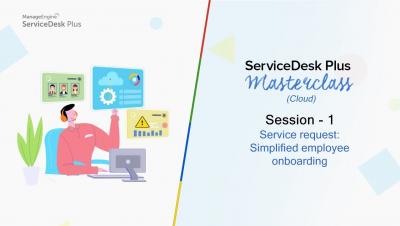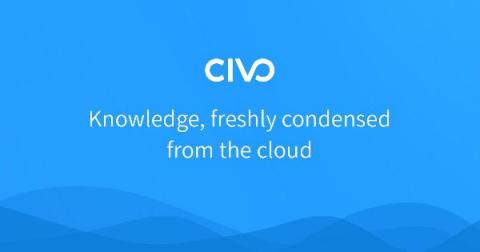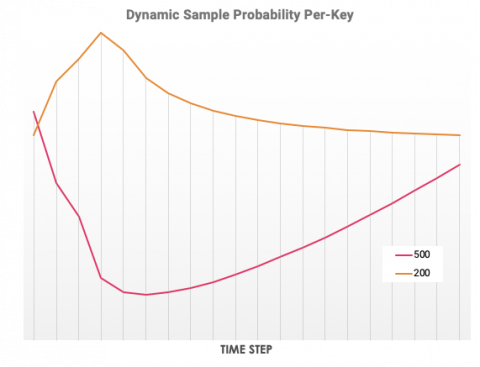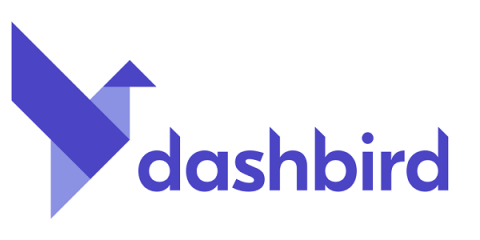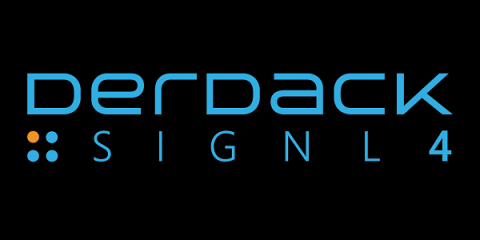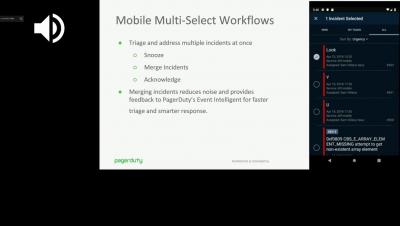Operations | Monitoring | ITSM | DevOps | Cloud
%term
Power Up Jira Service Desk With Apps
Intel's latest security vulnerability - our steps and yours
This week Intel released a statement regarding Microarchitectural Data Sampling (MDS), another vulnerability in the "speculative execution" feature of modern processors. This is for HyperThreading and is the feature that allows the CPU to work out what commands will be run next, if they would affect the current running command and if not, run it on the same core.
Five Things Your APM Platform Should do for Your Container Application Deployments.
One of the chief complexities in running large scale containerized applications is the need for continuous systems/application monitoring. Containers are very different from traditional VMs and the 3 tier applications that run on them. Monitoring that needs to ensure that SLAs promised to the business are being met as well as an ability to forecast usage trends while identifying problem areas such as bugs, capacity challenges, slowing performance, and any potential downtime.
Dynamic Sampling by Example
Last week, Rachel published a guide describing the advantages of dynamic sampling. In it, we discussed varying sample rates to achieve a target collection rate overall, and having different sample rates for distinct kinds of keys. We also teased the idea of combining the two techniques to preserve the most important events and traces for debugging without drowning them out in a sea of noise.
Why Your Lambda Functions May Be Doomed To Fail
AWS Lambda has a cool feature that can be both a blessing and a nightmare for a serverless application, depending on whether it’s properly handled by our code: the retry behavior. A retry occurs when an invocation of a Lambda function results in an error and the AWS Lambda platform automatically invokes the function again, with the same event payload. Before we get deeper, make sure you are familiar with the AWS documentation on the subject.
Alert escalation - How it works in SIGNL4
Part of any managers role is to make sure their team is taking accountability. Managers are not the front lines resolvers that handle issues, that is what they have a team for. However, managers do need to be aware of incidents that are occurring as well as making sure their team is taking ownership and resolving those issues. SIGNL4 takes the managerial work out of being a manager by providing alert ownership transparency.
Week #20 Freyja Updates
It’s been a while since the new Monitive codename “Freyja” was launched in private beta, and even though a lot of things have happened, development is moving forward a bit slow than I’ve hoped. Nevertheless, I’m happy that the core monitoring engine is running smoothly and it’s a great foundation for the years to come.


